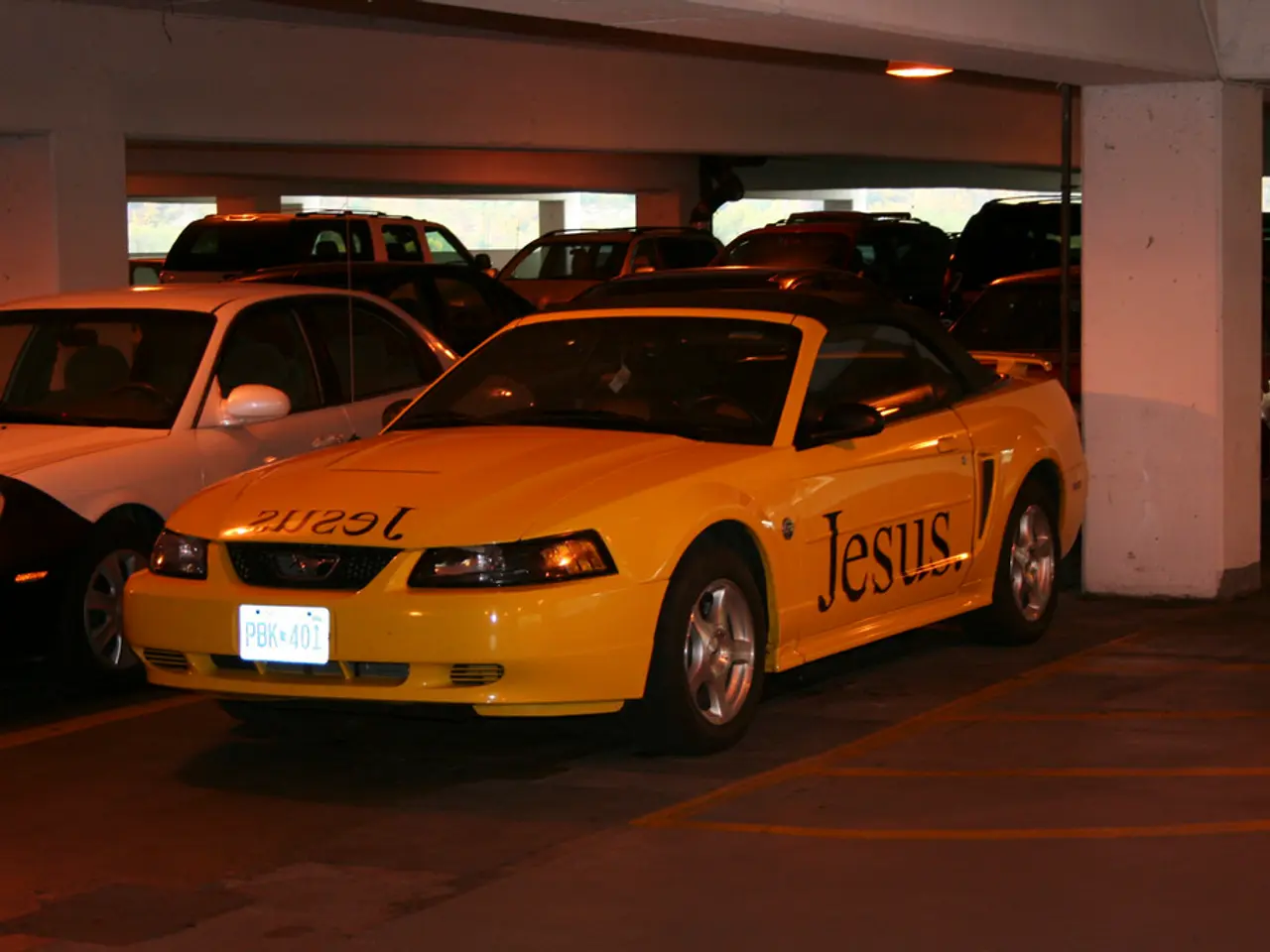Berlin's Schloßstraße Transforms into Street of Vacancy
In the heart of Steglitz-Zehlendorf, a district with historical significance as the location of Prussia's first paved road, stands the futuristic-pop-architectural building known as the "Bierpinsel". This iconic structure, which was originally opened as a restaurant in 1976, has been vacant for years.
The current owner of the "Bierpinsel", Immoma, a group aiming to revive the gastronomy there, has faced delays due to an investor search and structural problems. The vacancy of the building is suspected to be due to speculative vacancy, as there is no legal recourse to compel the owner to act.
The "Bierpinsel" is not generating profits for Immoma, but is depreciating the neighborhood. District Councilor Dennis Egginger-Gonzalez, a member of The Left, involved in property relations and street construction planning around Schloßstraße, has expressed concerns about the impact of vacant properties on the district's appearance.
The "Boulevard Berlin" shopping mall, opened in 2012, has a sales area of 64,000 square meters and a total area that includes about 850 parking spaces. However, according to Eggers-Gonzalez, most of these parking spaces are rarely used. The garage at "Boulevard Berlin" is rarely more than 20 or 30 percent occupied.
Reaching a common urban planning goal in Steglitz is difficult due to the involvement of three different actors: the federal government, the Senate, and the district. The Schlossstraße area, with its numerous shopping centers, is considered oversized by Eggers-Gonzalez.
The owner of the "Bierpinsel", Immoma, wants to revive the gastronomy at the "Bierpinsel", but has been searching for investors for years. The original reopening date for the "Bierpinsel" was 2025, but it is now expected to take at least another four years.
The A103 highway runs through Steglitz, cutting right through the neighborhood, causing difficulties in improving crossings. The district cannot act against the vacancy of the "Bierpinsel", as there is no purpose restriction ban for commercial properties.
Eggers-Gonzalez leads tours along Schloßstraße to explain property ownership and the impact of past decisions on the district's appearance. He states that vacant properties can be tax-deductible, implying cross-subsidization of struggling shopping centers.
The Schlossstraße Center has been in insolvency proceedings since last year. The "Bierpinsel" was changed owners several times before it came under Immoma's control in 2021.
The "Bierpinsel" owner is suspected of trying to force the district to release the property from the hereditary building contract. This would allow for more flexibility in redeveloping the property. However, the district is bound by legal obligations and cannot easily grant such a release.
The Potsdamer Chaussee, now known as Schloßstraße, was expanded in 1791 and was part of Reichsstraße 1, a road stretching from Aachen to Lithuania. Today, it serves as a busy thoroughfare, connecting the various shopping centers and businesses in the district.
In conclusion, the vacant "Bierpinsel" and the oversized shopping centers of Steglitz-Zehlendorf present a complex urban planning challenge. The district, the Senate, and the federal government must work together to find solutions that revitalize the district while preserving its historical significance.
Read also:
- Understanding Hemorrhagic Gastroenteritis: Key Facts
- Stopping Osteoporosis Treatment: Timeline Considerations
- Expanded Community Health Involvement by CK Birla Hospitals, Jaipur, Maintained Through Consistent Outreach Programs Across Rajasthan
- Abdominal Fat Accumulation: Causes and Strategies for Reduction







